This issue of the art newsletter comes from GoldenEye, the resort on Oracabessa Bay, Jamaica, that was built around the villa where Ian Fleming wrote most of his James Bond novels. For twenty years Goldeneye has hired me to do their hand-painted signage and graphics; this time I brought my daughter and worked on closing the Spring Books issue by the lagoon. The days alternated between sunny skies and downpours, and the water, orchids, and trees shimmered in the humidity.
The cover of our April 10 issue is a 2021 painting by the New York artist Scott Csoke. It refers to Wendy Doniger’s essay about the history of war horses. After trying several varieties of art about horses, we landed on Csoke’s Antique Portrait of a Gay Horse (Head) (2021). The painting had never been properly photographed, so Csoke borrowed it from its owner and met me at a coffee shop, carrying the portrait in a tote bag so that I could scan it. Csoke’s pink-trimmed, hand-painted apartment was recently featured in New York magazine.
To illustrate Howard French’s essay about the books and ideas of Alvin Toffler, the futurist and author of Future Shock, I asked Michelle Mildenberg. She drew a “young Toffler seen from the back looking at a spiral of technological imagery from China.” Before she delivered the final proof, I asked her to change the color of his shirt from brown to green. And for Cathleen Schine’s review of Hanif Kureshi’s recent memoir about an accident that left him tetraplegic, I asked Carly Blumenthal for a portrait. Her fine-grained pencil-crayon rendering feels as intimate as Schine’s descriptions of Kureshi’s patient, careful writing.
For her third portrait for us, the London-based illustrator Ruby Ash drew the Argentine writer Hebe Uhart seated on a bus, a scene from Natasha Wimmer’s essay about Uhart’s travel writing. When I sent a draft of Jonathan Mingle’s essay about phosphorous and soil nutrients to Jason Logan, he looked up the element and then texted me: “I read that there is phosphorus in the striker of matches and in the tip of some safety matches, and I had some ingredients left over from my tests with gunpowder.” We used his abstract Sulphur Test to accompany Mingle’s article.
I asked the Toronto-based illustrator Natàlia Pàmies Lluís for a portrait of the Chilean writer Benjamín Labatut for Dan Rockmore’s review of his books The MANIAC and When We Cease to Understand the World. It was her first portrait for us, and she explained that she “wanted to visually explore destruction and madness, incorporating elements like an explosion emerging from his hair.”
I asked the Toronto-based illustrator Natàlia Pàmies Lluís for a portrait of the Chilean writer Benjamín Labatut for Dan Rockmore’s review of his books The MANIAC and When We Cease to Understand the World. It was her first portrait for us, and she explained that she “wanted to visually explore destruction and madness, incorporating elements like an explosion emerging from his hair.”

Fernanda Amis
Bajo el Alma

Fernanda Amis
Bajo el Alma

Fernanda Amis
Bajo el Alma

Fernanda Amis
Bajo el Alma

Fernanda Amis
Bajo el Alma
The series art in the issue, Bajo el Alma, is by Fernanda Amis, whose drawings of figures, scenes, and comics feels like a cross between Mark Alan Stamaty and Polly Nor.
The Spring Books issue means it’s time for one of our four annual hand-lettered and hand-drawn covers. I’d been wanting to work with Maria-Ines Gul since 2020, when Kaye Blegvad sent me a zine of Gul’s erotic drawings (a few of which I used to illustrate Elaine Blair’s 2023 essay about porn). When I asked Gul to illustrate our Spring Books cover, she sent a number of gorgeous sketches evoking the mood of the season, including abstract weather patterns, the sunlit facade of a building, and a cup of clouds, which is what we decided on. Gul titled her cover Clouds in My Coffee.
Andrea Ventura painted the historian Catherine Hall for Fara Dabhoiwala’s essay about her life and work, but when Ventura turned in the final image, we decided that we actually preferred his initial sketch. He took no offence, writing, “I understand. I love that about drawings, when you are less aware it’s better.” In the case of Romy Blümel’s lush portrait of Katie Kitamura, for Laura Marsh’s review of Kitamura’s new novel, Audition, we made a few edits before landing on the final.
The London-based illustrator Paul Davis wrote to say that it “made his day” to be assigned Fintan O’Toole’s essay about the president and the EU, and after a little back and forth, he delivered a grumpy Trump straddling Europe and tearing the EU flag. For Francisco Cantú’s review of The Afterlife Is Letting Go, Brandon Shimoda’s book about Japanese internment and the US’s history of migrant detention, I looked for a painting by the Japanese artist Hiroki Kawanabe that could allude to the themes of disconnection and the erosion of history. His painting Wide Street (2024) seemed to convey the appropriate sense of isolation.
Georgie McAusland drew the novelist and poet Joe Dunthorne for Francine Prose’s review of his latest book, which details the story of his great-grandfather, a Jewish scientist who, in the 1930s, developed chemical weapons for the Nazis. McAusland included the writer’s Geiger counter in her portrait, alongside cloudy likenesses of his ancestors, which, as one editor pointed out, echoed the cover in an uncanny way. Yann Kebbi and his mighty pencil gave us a vigorous drawing of Larry McMurtry to illustrate Thomas Powers’s essay about the writer’s life and, in particular, Lonesome Dove.
I asked the photographer Jason Fulford if he had any images that might be appropriate for David Cole’s article about academic freedom. To my delight he had a series of pictures from Princeton’s Institute for Advanced Study, including some shots of the two-sided “Erase/Do Not Erase” signs that professors use for classroom blackboards. A simple “Do Not Erase” conveyed Cole’s point in a wonderful way.
In his review of a new book by the philosopher Thomas Nagel, Peter Singer writes about moral progress and decision making. The artist Greg Burak recently had a show, Psychologistics, at New York’s March Gallery, and I thought some of his de Chirico–esque work could be a good fit. Instead, we went with a painting of his from 2022, The Candidate, depicting two figures holding candles, one of them blindfolded. Burak’s 2020 painting Two Curses was on the cover of our November 18, 2021, issue.
Liana Finck sent me the series art for the issue—which she titled Scribbles—as she was headed into labor. Her messages calmly began “Hi from a hospital room,” with the art in an attachment, followed by a picture of her new baby. How I love the artists I work with.
In Jamaica my daughter kept asking me to Shazam the songs being played by the pool. After about ten songs I realized that most of the music on the playlist (Cat Stevens, Toots and the Maytals, Fairport Convention, Roxy Music, Marianne Faithfull, Bob Marley and the Wailers) had been produced by Chris Blackwell, the owner and developer of the resort, whose mother, Blanche, had been Ian Fleming’s longtime lover. But one song we looked up, and one that I keep returning to, was “Here Comes Trouble,” by Chronixx, which I sung under my breath as we approached border patrol in the United States.












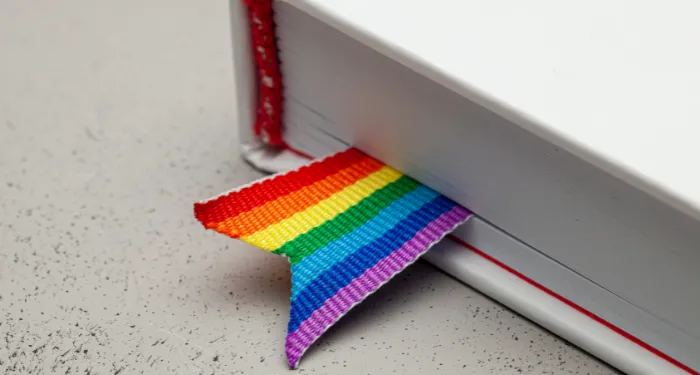




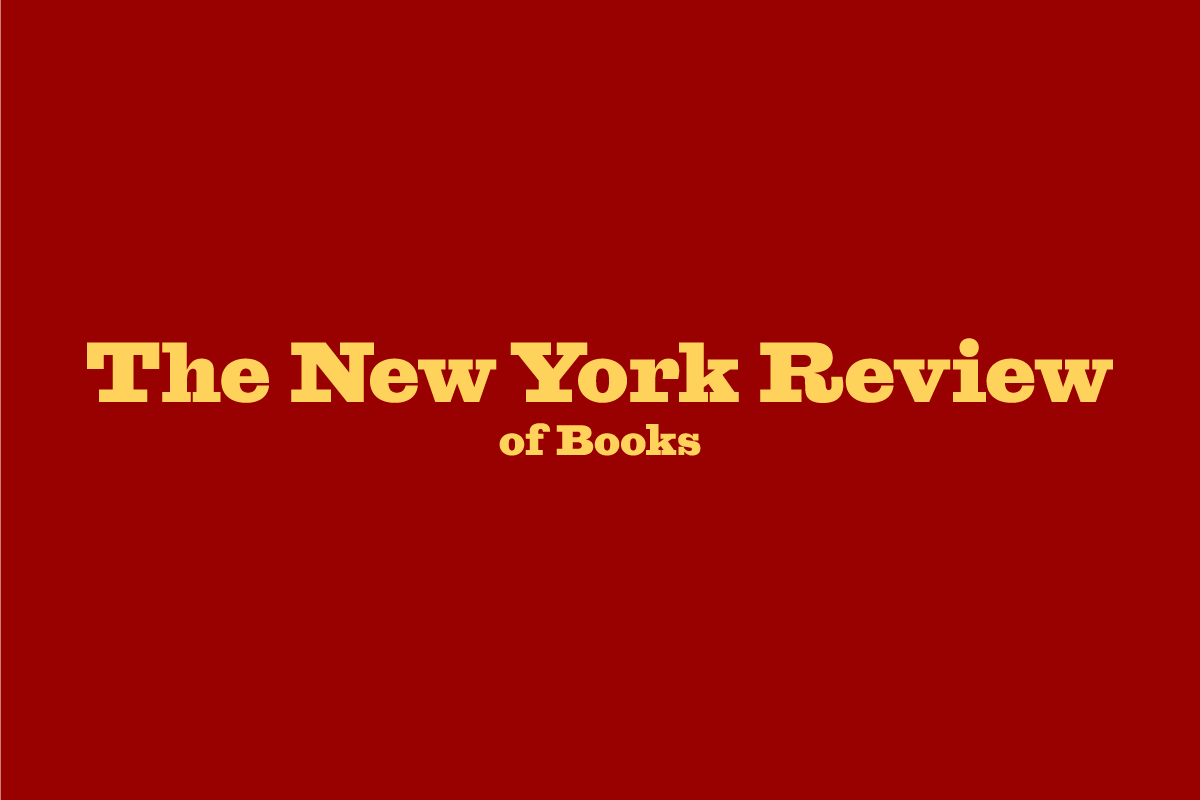
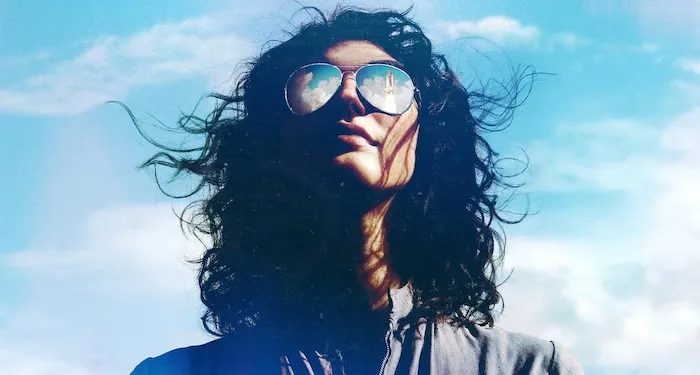


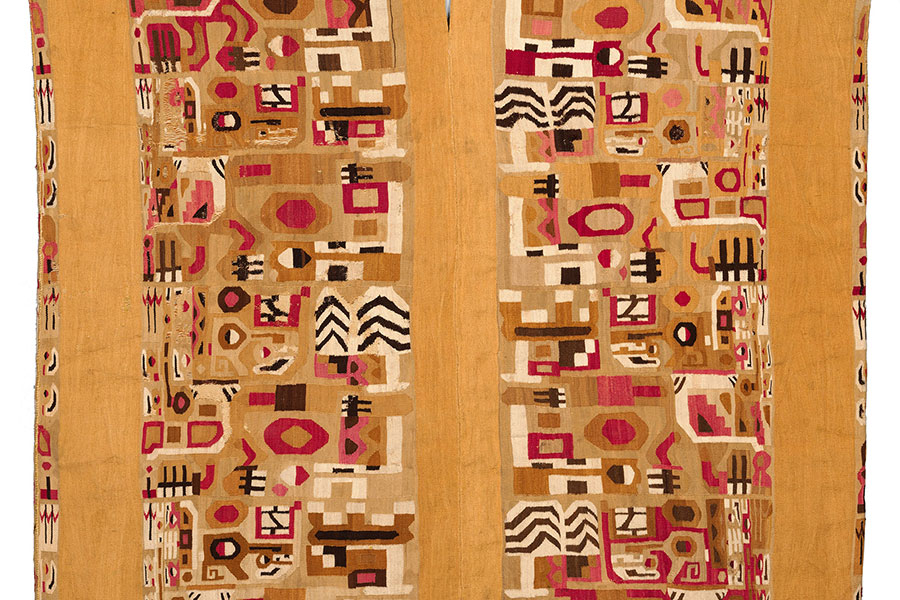

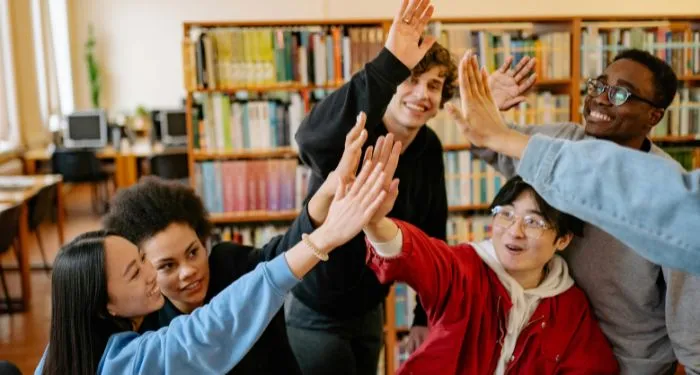
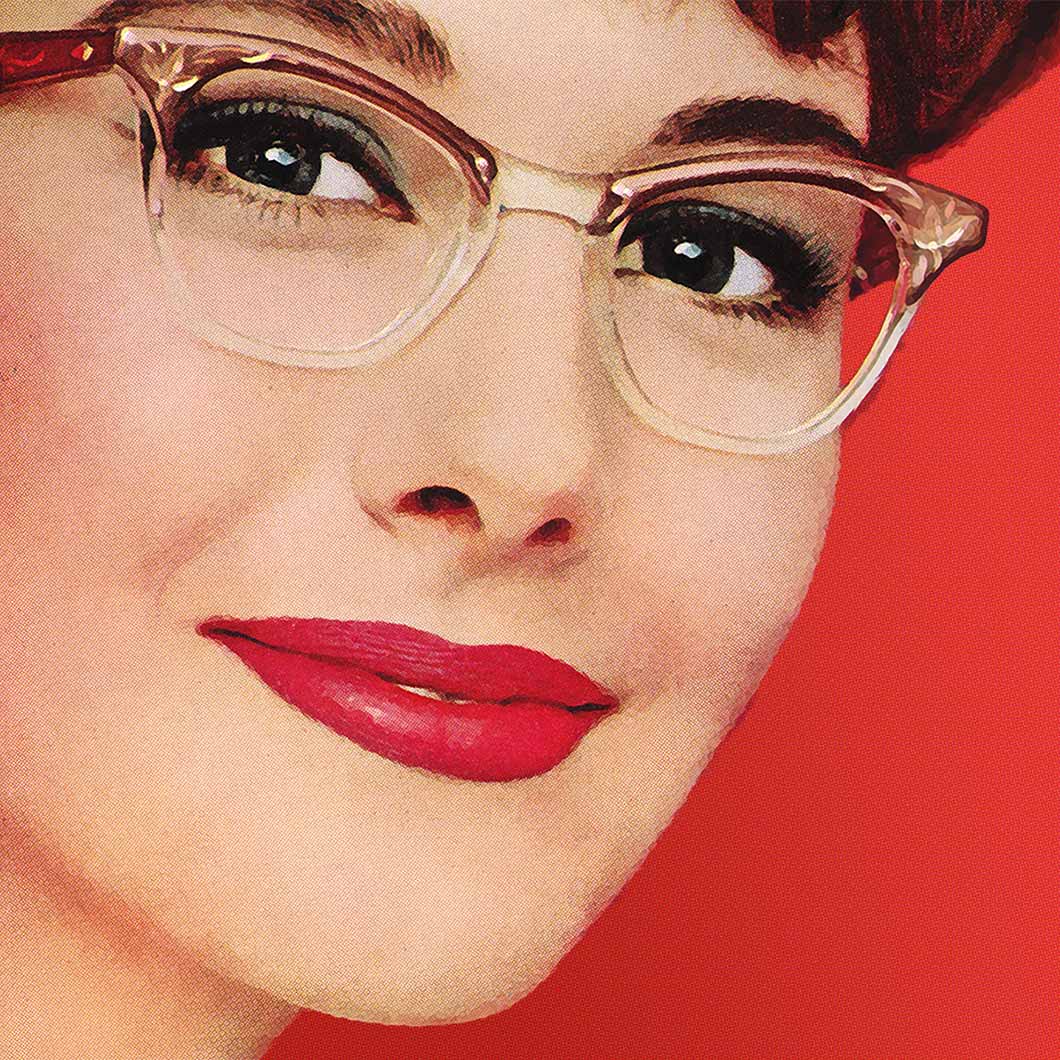
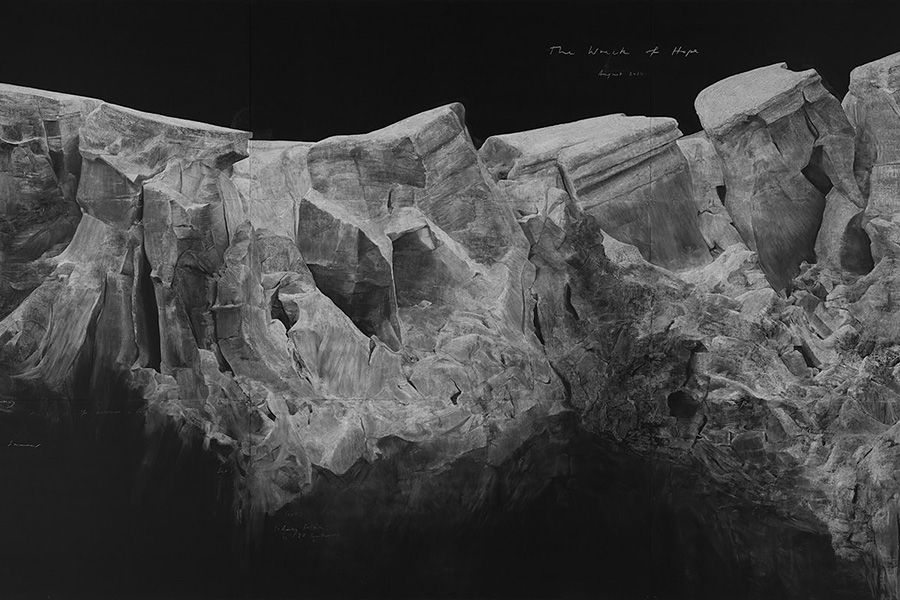


 English (US) ·
English (US) ·